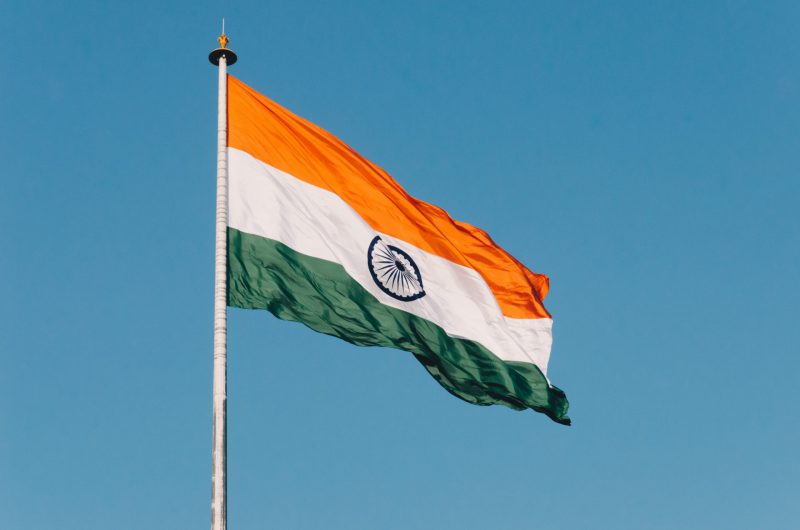While crypto has been off the cards for India, the government seemed to be embracing Central Bank Digital Currency [CBDC]. Back in October, the Reserve Bank of India [RBI] revealed that it would launch a wholesale CBDC pilot starting November 1. The RBI was true to its word as the Digital Rupee or the e-rupee was out and about.
Earlier today, India’s central bank kickstarted its pilot program for its CBDC. Through this, certain banks were allowed to employ the asset for settling second-market transactions in government securities. It should be noted that this was the primary use case for the country’s CBDC.
The banks that were selected to be a part of the pilot were HDFC Bank, ICICI Bank Ltd., Kotak Mahindra Bank, State Bank of India, Bank of Baroda, Union Bank of India, Yes Bank, IDFC First Bank, and HSBC Holdings Plc. [the Indian unit].
Here’s who managed to get their hands on India’s CBDC
Data from Clearing Corp. of India Ltd. showed that 7.38% of the 2027 debt and 7.26% of the 2032 bonds were among the first to be sold using the new form of currency.
Plans to roll out the digital rupee first came to light back in February 2022 when Indian Finance Minister Nirmala Sitharaman pointed out that it would boost the country’s economy. However, the process of actually rolling out the asset was divided into three steps in order to keep the existing financial system in check.
While the pilot was made available today, the retail version of the CBDC is expected to go live within this month.
As mentioned earlier, crypto continues to remain in the gray area in the country, however, CBDC seemed to be taking the front stage. Addressing its latest move, the RBI previously said,
“[CBDC] will provide the users the same experience of dealing in currency in digital form, without any risks associated with private cryptocurrencies. […] by avoiding the damaging social and economic consequences of private virtual currencies.”





